Matchup Master
Analytics Report: DC Sean Desai Response To Formations, Down-And-Distances
Preseason tape isn’t always the best indicator for the regular season, especially with coaches trotting out vanilla play designs and coverages.
But the preseason can be a useful tool to better understand a coach’s preference for personnel groupings and packages.
In Part 1 of our analytics-based series on the Eagles’ defense based on preseason tape, we explained how first-year Eagles defensive coordinator Sean Desai leaned heavily on a nickel package that included a six-man front – with three down lineman and an overhang defender – two off-ball linebackers and five defensive backs.
The Eagles played this version of nickel at almost an 80-percent clip during the preseason, which is why we termed that package their “base nickel” defense. Desai also showed a 5-2 front with an extra overhang defender, and a traditional 4-3 front.
In Part 2, we’ll explain which personnel packages Desai used against specific offensive formations and in specific down-and-distance scenarios:

GETTY IMAGES: Eagles first-year DC Sean Desai leaned heavily on a nickel package featuring three down linemen and one overhang defender in the preseason.
Vs. Offensive Personnel
Offensive personnel is categorized by two-digit numbers. The first generally refers to the number of running backs in the formation and the second refers to the number of tight ends.
For example, the most common offensive personnel is 11 personnel – 1 RB, 1 TE, 3 WR.
The Eagles faced a variety of offensive personnel groupings during the preseason. Here’s how they matched up against each offensive personnel grouping.
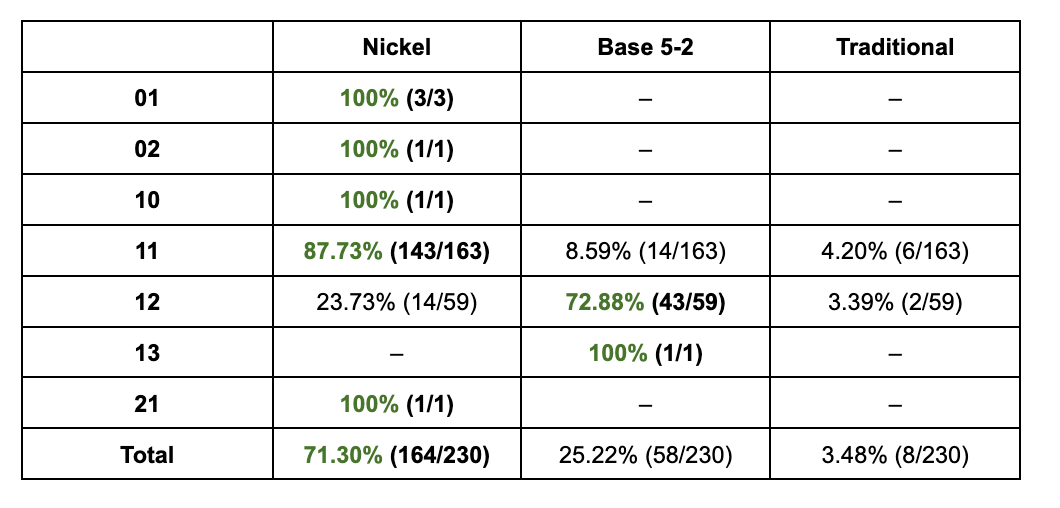 In obvious passing situations, most offenses put more wide receivers on the field. So it makes sense that the Eagles matched a pass-heavy approach – 01, 02, 10 and 11 personnel – with an additional defensive back in their base nickel.
In obvious passing situations, most offenses put more wide receivers on the field. So it makes sense that the Eagles matched a pass-heavy approach – 01, 02, 10 and 11 personnel – with an additional defensive back in their base nickel.
Likewise, the Eagles matched run-common formations that put multiple tight ends on the field – 12 and 13 personnel – with more defenders on the line, in their 5-2 front.
Down-Specific Personnel
Here’s how the Eagles’ defensive personnel matched to each respective down:

The Eagles showed their most variety on first down, which was likely game-plan specific and factored in the offensive personnel.
As the downs progressed, the data shows the Eagles were more likely to be in their base nickel look.
The Eagles faced fourth down just four times, not a large sample size. Three of them were 4th-and-short scenarios, obvious rushing situations that the Eagles naturally countered by using an extra man on the line.
The Eagles faced 4th-and-8 against the Colts, and utilized their nickel for an obvious passing down.
Distance-Specific Personnel
Below is the Eagles’ defensive data against specific distances from first down:
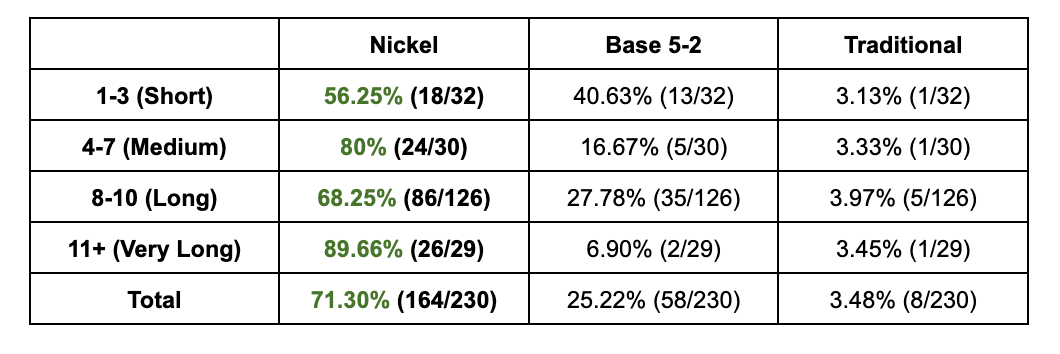
Note the trend showing a drop between “medium” situations and “long” situations and continuing with “very long.”
As the distance from first down increases, the likelihood of an offense passing also increases.
But there are two schools of thought on how to attack a passing offense.
Some defensive coordinators like to drop extra defenders into coverage, relying more on back-end personnel. Others prefer to bring pressure in order to speed up the quarterback’s process, leaning instead on the defensive front.
With “long” situations, there’s often a great opportunity to observe variety defenses try to stop offenses.
The data here could possibly portend Desai’s preference to vary his approach in “long” situations.
Another possibility is the fact that approximately 70% of the 126 snaps – 23% utilized the 5-2 nickel package – were first-down situations, which means the offense could be in either run or pass situations.
Still, it’ll be interesting to see if Desai intends to bring pressure or extra run support both on first down and when the distance is “long.”
Situational Personnel
Let’s examine how Desai’s personnel changed depending on whether the offense was in the “Danger Zone,” “Red Zone” or “Tight Red Zone.”
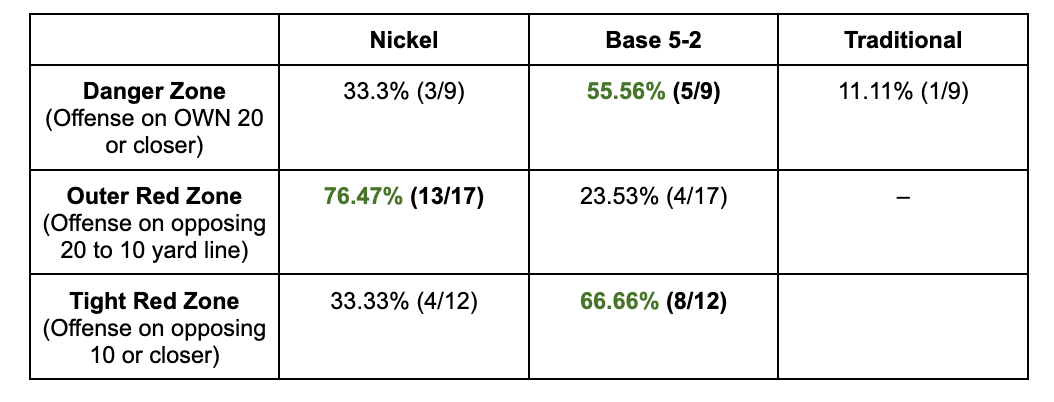
While three games represents a small sample size, there seems to be a few trends that emerged.
First, it makes sense to predominately play bigger defenders in the Tight Red Zone. However, it’s interesting to see that the 5-2 front package was utilized in the Danger Zone, and that base nickel was still predominantly utilized in Outer Red Zone.
The 5-2 nickel package being utilized in the Danger Zone reveals that Desai likely wants more defenders on the line in attempt to pressure the quarterback into making a costly mistake or just getting a stop.
As for the Outer Red Zone, it makes sense to remain stay in base nickel because there’s still enough field available where the offense can be a vertical threat.
Final Summary
It’s important to recognize that the preseason is a simplified version of what Eagles fans can expect for the regular season. They didn’t play any starters and showed vanilla defensive schemes.
These trends could showcase some of Desai’s general personnel package tendencies, but those perceived preferences could also change given the specific opponent or due to injuries or rotation.
The most glaring deduction is that the Eagles will continue to value the defensive line, but they’ll likely also prioritize stopping the pass more than they were committed to last year.
– Sam Finkel is a staff writer for InsideTheBirds.com who focuses on analytics.
Listen to the latest “Inside The Birds” podcast featuring Adam Caplan and Geoff Mosher:
Or watch on YouTube:

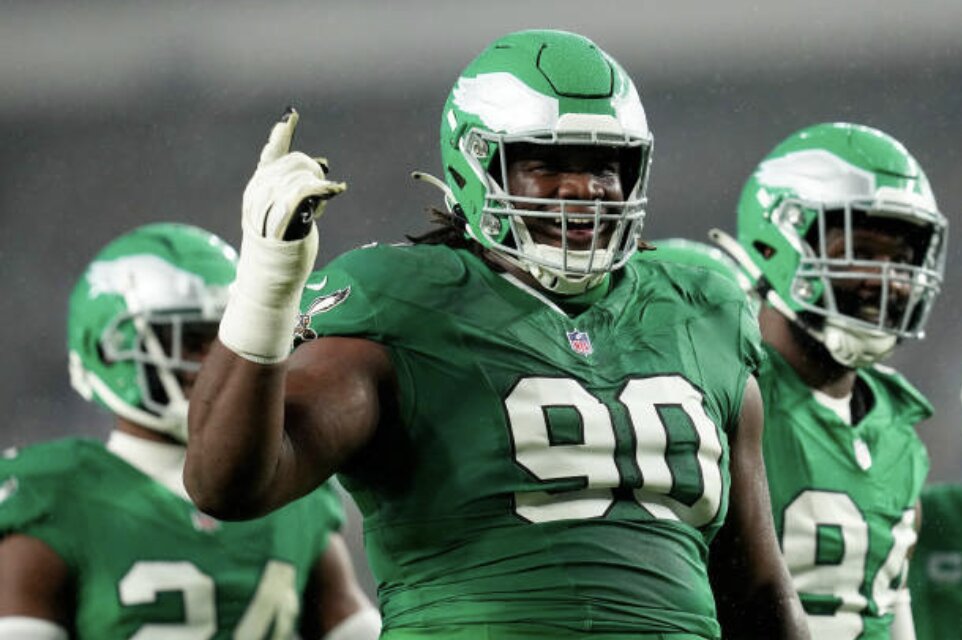




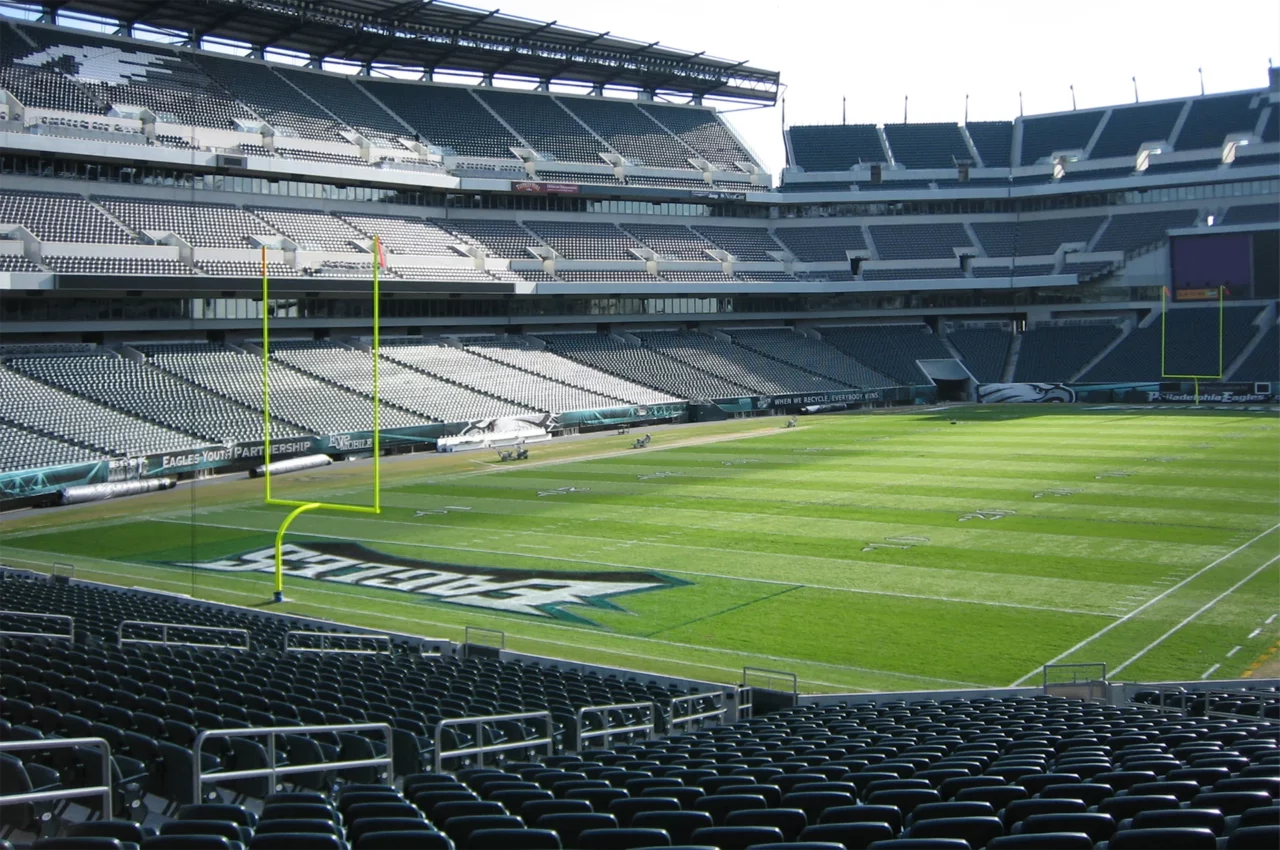
Comments are closed here.